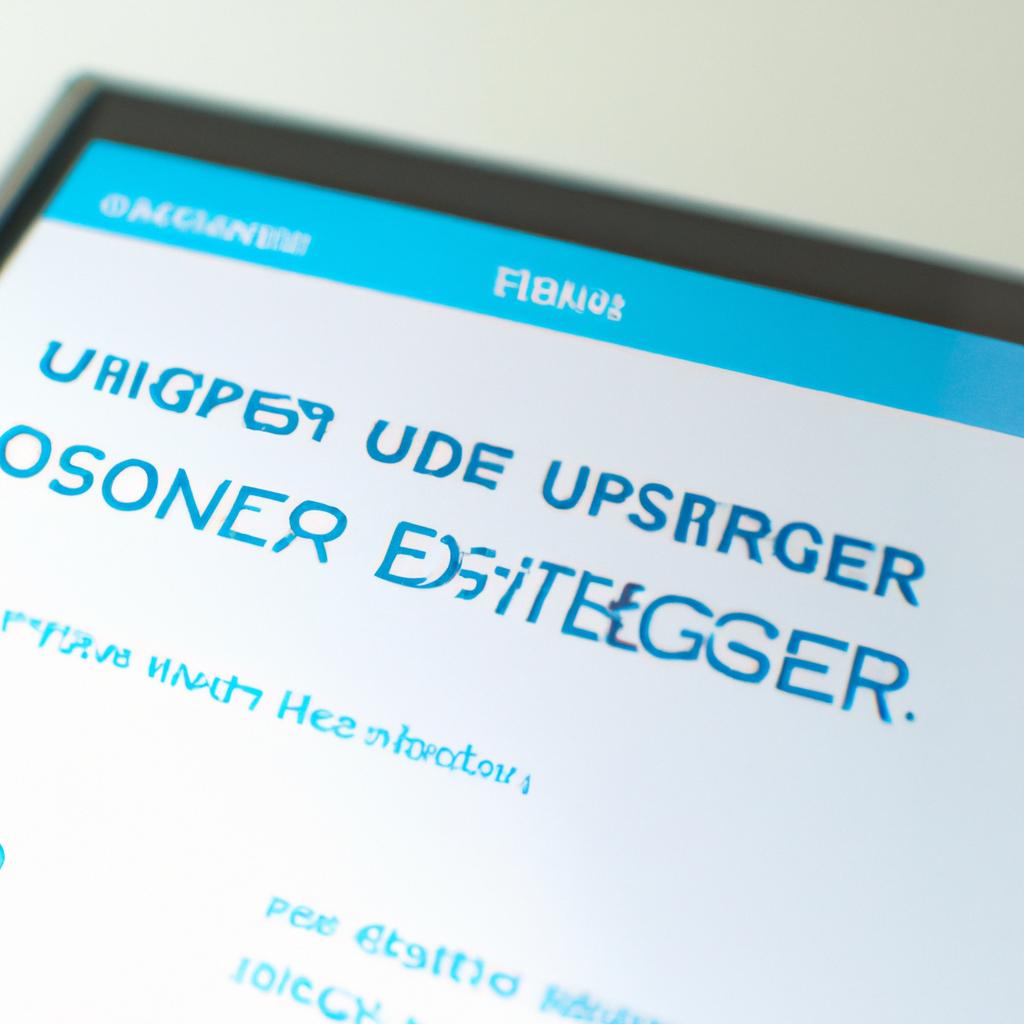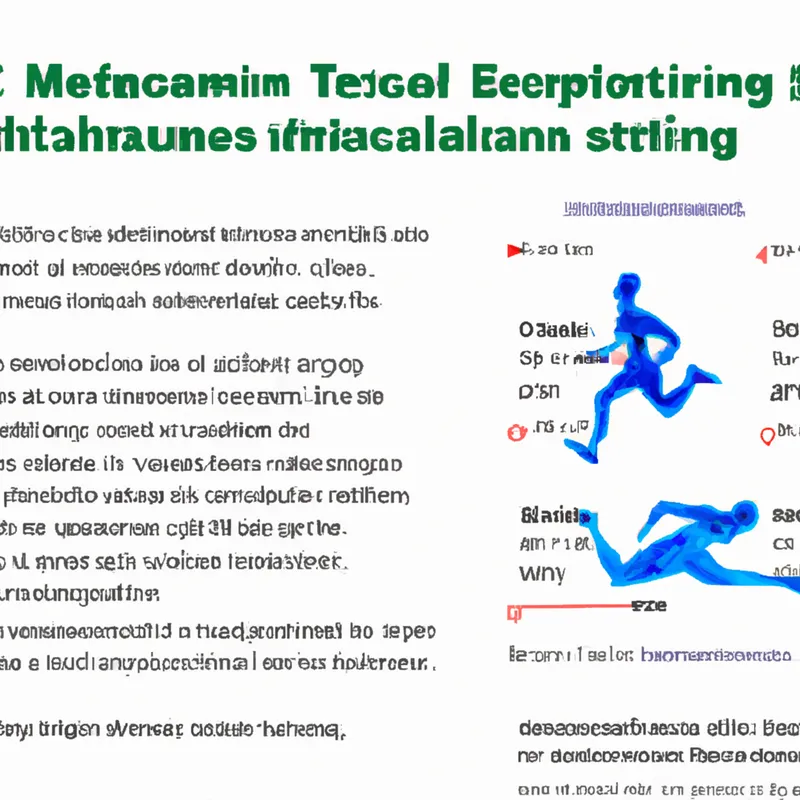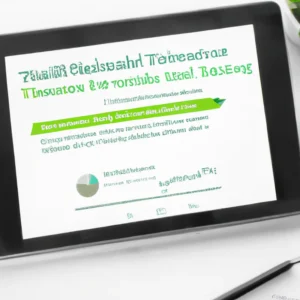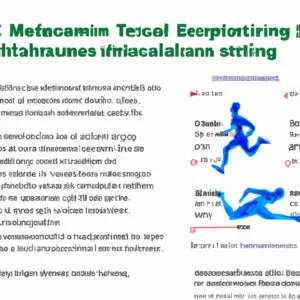**”The Role of User Experience Design in Fitness Apps: How Intuitive Interfaces Enhance Engagement and Motivation”**
# The Role of User Experience Design in Fitness Apps: How Intuitive Interfaces Enhance Engagement and Motivation
In a world increasingly dominated by technology, fitness apps have emerged as essential tools for individuals striving to maintain a healthy lifestyle. However, the success of these applications is not solely determined by their features or data; it heavily relies on user experience (UX) design. Intuitive interfaces can significantly enhance engagement, motivation, and overall user satisfaction. This blog post will explore how effective UX design in fitness apps can transform user interaction, leading to better health outcomes.
## The Importance of User Experience Design in Fitness Apps
### Understanding User Needs
User experience design focuses on understanding the needs and preferences of users. In the context of fitness apps, this means creating a platform that addresses the unique challenges individuals face in their fitness journeys. By conducting thorough user research and testing, developers can discover pain points and motivations, allowing them to design features that resonate with users on a personal level.
### Intuitive Navigation
One of the hallmarks of effective UX design is intuitive navigation. Fitness apps that allow users to easily access their desired features—like workout routines, nutrition plans, or progress trackers—are more likely to keep users engaged. If users can seamlessly navigate through the app without confusion, they are more likely to return for regular workouts and meal tracking, fostering a consistent fitness routine.
## Enhancing Engagement and Motivation
### Gamification Elements
Incorporating gamification elements into fitness apps can significantly boost user engagement. Features like achievement badges, leaderboards, and rewards for reaching milestones can create a sense of competition and accomplishment. When users feel a sense of achievement, their motivation to continue using the app increases, leading to better fitness outcomes.
### Personalized Experience
Personalization is another essential aspect of UX design that can enhance motivation. By tailoring workout suggestions and meal plans to individual preferences, fitness apps can create a more engaging experience. Users are more likely to stick to their fitness goals when they feel that the app is designed specifically for them, recognizing their unique journey.
## Nutrition Tips
1. **Keep it Simple**: Choose simple, accessible recipes that are easy to prepare. This encourages users to maintain their meal plans without feeling overwhelmed.
2. **Visualize Progress**: Incorporate visual aids, like charts or photos, to help users track their nutritional intake. Seeing their progress can motivate them to stick to healthier eating habits.
3. **Set Realistic Goals**: Encourage users to set achievable nutritional goals. Whether it’s increasing vegetable intake or reducing sugar consumption, realistic targets can keep users engaged without leading to burnout.
4. **Integrate Education**: Provide bite-sized nutritional information within the app. Educating users about the benefits of certain foods can motivate them to make healthier choices.
## Exercise Advice
1. **Variety is Key**: Encourage users to mix different types of workouts to prevent boredom. Offering diverse routines can keep the experience fresh and exciting.
2. **Focus on Technique**: Include instructional videos or animations to teach users the correct form for exercises. Proper technique reduces the risk of injury and enhances the efficacy of workouts.
3. **Build a Community**: Foster a sense of community within the app. Allow users to share experiences, tips, and support one another, which can significantly enhance motivation.
4. **Track Progress**: Implement features that allow users to track their workouts and progress over time. Regularly seeing improvement can motivate users to continue their fitness journey.
## Health Benefits
1. **Improved Physical Health**: Regular engagement with fitness apps can lead to better cardiovascular health, increased strength, and enhanced flexibility. These physical benefits contribute to overall well-being.
2. **Mental Well-Being**: Exercise is known to release endorphins, reducing stress and anxiety. Fitness apps that promote regular physical activity can contribute to improved mental health.
3. **Better Sleep Quality**: Engaging in regular exercise, as encouraged by fitness apps, can lead to better sleep patterns, which are essential for overall health.
4. **Enhanced Motivation**: The combination of intuitive UX design, personalized experiences, and community support can foster long-term commitment to fitness, leading to sustainable lifestyle changes.
## Conclusion
In conclusion, the role of user experience design in fitness apps is critical for enhancing engagement and motivation among users. By focusing on intuitive interfaces, personalized experiences, and incorporating elements like gamification, developers can create apps that resonate with users, helping them achieve their fitness goals. As a result, effective UX design not only improves user satisfaction but also contributes to better health outcomes. Engaging users through thoughtful design can empower them to lead healthier, more active lives.















Post Comment